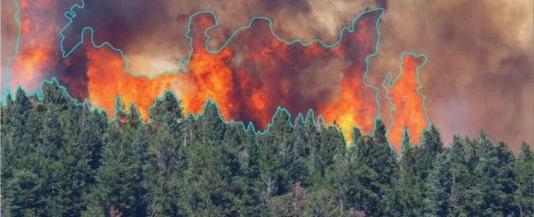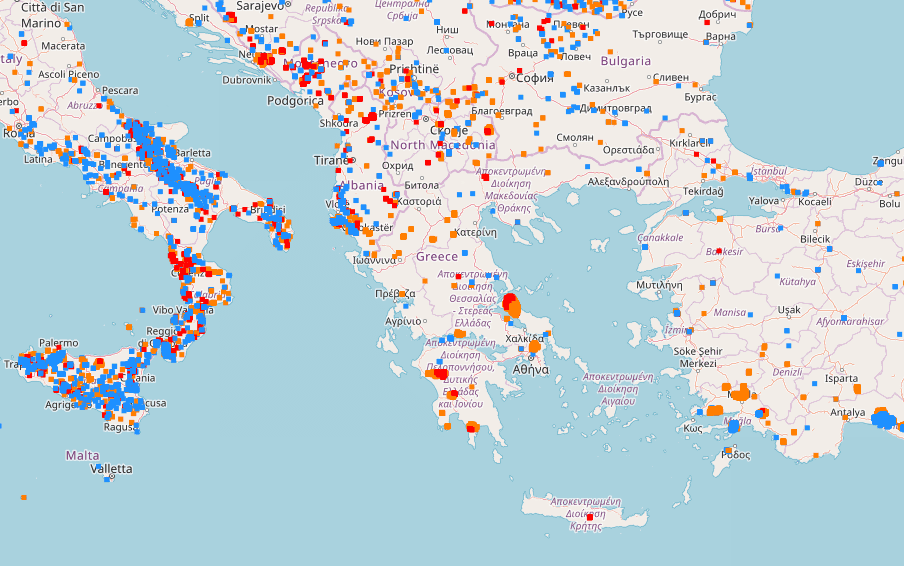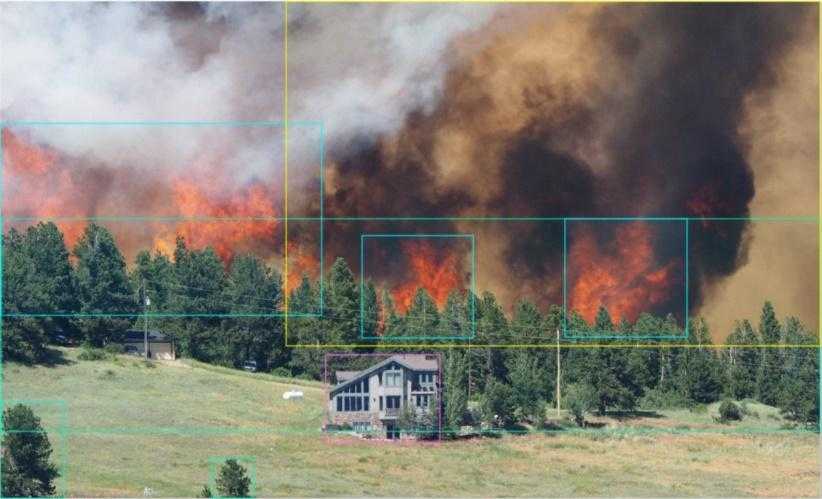
Current status with wildfires
During the recent years, we have started to hear horrifying news about wildfires all around the world. ScienceBrief.org report implies that since the average air temperature has risen because of climate change, today wildfires became more prevalent and spread through wide areas fast. In the eastern Mediterranean region, wildfires caused damage as it has never been before 2021. Turkey, Italy and Greece are the most affected countries by wildfires this year. Thousands of hectares of forests are destroyed, both livestock and wild animals are perished, and people become homeless in these areas. Only in Turkey, 95,000 hectares of area is turned into ashes according to the European Forest Fire Information System (EFFIS).

It can be seen that detecting wildfires as soon as possible is of critical importance for preventing the spread of it through wide areas. Today, wildfires are mostly detected by the people living in the wildfire area, air patrols and lookout towers. But these methods are not completely effective against wildfires, since they are based on manpower and limited with a low range of area. At this point, Artificial Intelligence offers a variety of solutions to fight over wildfires by detecting them in an early stage. Governments are aware of this opportunity; therefore they are funding tech and defense industries to research how AI applications can help to stop huge disasters. In 2020, US Federal Emergency Management Agency has granted $2M for developing a project that aims to detect wildfires with cameras. Some companies have even started to develop products for detecting wildfires using computer vision and satellite data.
How can AI help?
It is a fact that Artificial Intelligence is a new and encouraging way to improve traditional methods of dealing with wildfires. However, building functional AI models is not easy as it sounds and requires a cautiously conducted data operation. First of all, the data that is used to train the algorithm must be processed well and data annotation is a crucial part of data processing.
For a project that aims to detect forest fires by using cameras, it is expected from the AI model to distinguish the burned areas from the other objects. To train an efficient AI model that is able to make this distinction, accurately annotated datasets are used. It really is an important step because misidentified objects may cause some problems. No one wants to confuse wildfire smoke with a cloud, right? By using data annotation methods, similar datasets are classified as desired, thus burned areas are differentiated from the rest of the image. So it is provided that an AI algorithm trained with this dataset can detect wildfires by using image data correctly.

How we can help?

At Co-one, we label wildfire data with the help of our data annotators for making a contribution to AI. We use bounding box and segmentation methods to annotate our open source wildfires dataset that is obtained from Kaggle. With the help of the data that are annotated at Co-one, AI-powered products can be developed to help the organizations fighting against wildfires. Besides, our data annotators label data super-fast and incredibly accurate. AI companies spend tons of time to reach the high-quality data they need because the AI model cannot work properly if the data is not labeled right. We are conscious of the need for high-quality data and why it is crucial for AI projects, so we are working constantly to supply the data they need.
We are expanding our effort to make a significant contribution to social benefit. As members of Co-one, we believe that AI will create an opportunity to change the world to a better and safer place for everyone. If you want to experience the data annotation service of Co-one to build a brighter future with AI, get in touch with us!


